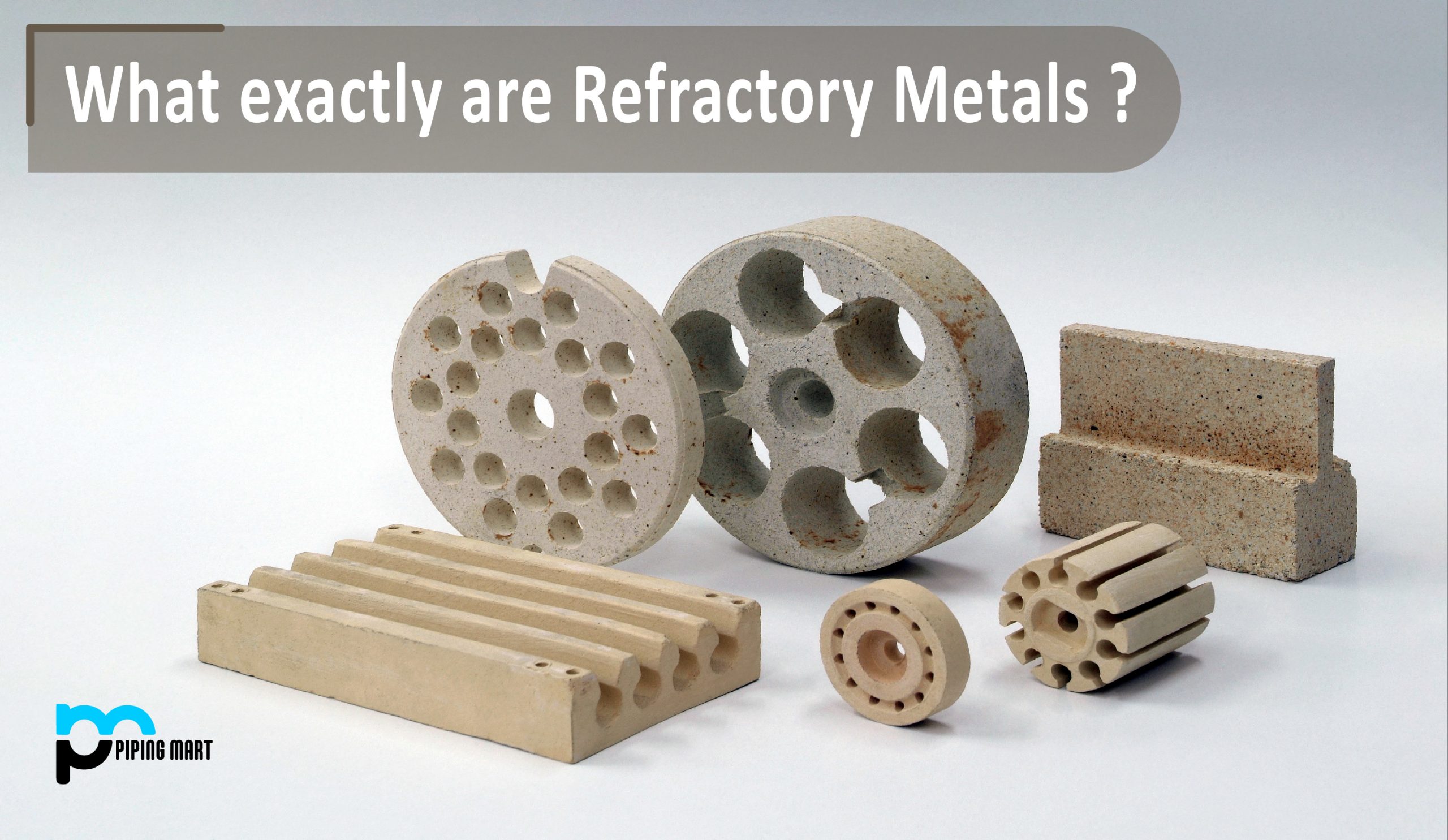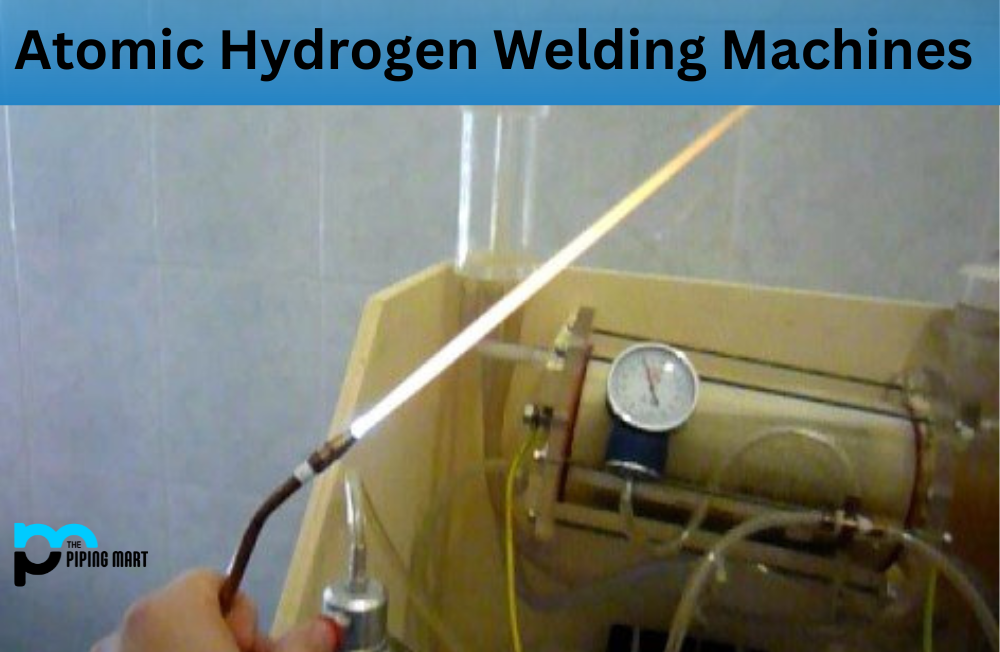Metals with an extraordinarily high melting point are referred to as refractory in general. Refractory metals can maintain their structure and general usefulness in a variety of harsh situations, including those that are very acidic or basic, include other corrosive substances, or are subjected to intense heat or pressure.
What is Refractory Metals?
Refractory metals are a group of metals with extremely high melting points and excellent thermal, chemical, and electrical resistances. They can withstand extremely high temperatures without breaking down or changing shape. Examples include tungsten, molybdenum, tantalum, and niobium. These metals have important applications in aerospace technology and other industries due to their superior properties.
Refractory Metals Properties
Refractory metals are a class of metals that have high resistance to heat, corrosion and wear. They are also known for having low thermal and electrical conductivity, making them ideal for use in extreme industrial conditions. Examples of refractory metals include titanium, tungsten, molybdenum, tantalum and niobium. When paired with other materials such as ceramics or graphite they can be even more durable!
Refractory Metals Uses
Refractory metals are used in a wide variety of applications due to their ability to tolerate high temperatures and corrosion. The main uses include fabrication into turbine blades, electric heating elements, nuclear reactors, thermocouples and electronic parts. They also make up the coating of electrical arc furnaces as well as nuclear fuel containers. In addition, refractory metal alloys have found use for making anti-friction bearings and medical implants such as artificial hips and pacemakers.
The following two criteria are usually met by refractory metals:
- The melting point above 2200 degrees C (4000 degrees F)
- Creep resistance above 1500 degrees C (2700 degrees F)
Types of Refractory Metals
- Titanium
- Vanadium
- Chromium
- Zirconium
- Hafnium
- Ruthenium
- Rhodium
- Osmium
- Iridium
Pure copper is an example of a metal that isn’t refractory. When one end of a copper bar is heated, the other end becomes very hot very rapidly. Its thermal conductivity is really high. The copper bar will begin to deform at lower temperatures. It can’t be considered refractory because it deforms easily when exposed to heat.
Molybdenum, on the other hand, melts at a relatively high temperature (2623 degrees C / 4753 degrees F). The form of the molybdenum will remain the same if the same heat is applied as in the previous case. It has one of the lowest thermal expansion coefficients, and the temperature at which it begins to creep is greater than 1500 degrees C / 2732 degrees F. Molybdenum is a refractory metal because of its ability to keep its form and hardness at high temperatures. At room temperature, all refractory metals have high densities and hardness.
Niobium
Niobium is the least dense of the refractory metals and the only one that can be annealed in a practical manner. Niobium is used in aerospace and nuclear power plants.
Molybdenum
When cost is a consideration, molybdenum is preferred over tungsten. Molybdenum is less expensive than tungsten yet has similar qualities. It is often used in steel as a strengthening alloy.
Tantalum
Tantalum has a higher corrosion resistance than other metals. It’s most commonly used in the medical industry as a key component in surgical tools. Tantalum films can also be found in mobile phone capacitors.
Rhenium
Many of the aforementioned applications make use of rhenium. It’s widely used to give ductility and tensile strength to other refractory metal alloys.
Tungsten
With a melting point of 3410 degrees C / 6170 degrees F, tungsten has the highest melting point of all metals. Tungsten is most typically associated with incandescent light bulbs, where it is utilized as the filament. It’s also well-known for being utilized as a permanent non-melting electrode in TIG welding (tungsten inert gas).

Pipingmart is B2B portal specializes in industrial, metal and piping products. Also, share latest information and news related to products, materials and different types grades to help business dealing in this industry.




